Apple’s Vision Pro hits Australian stores. Is it worth $6000?
Australians can finally get their hands on Apple’s newest product, which is unlike any VR-enabled headset that has come before it and is set to shake up how we work and play.
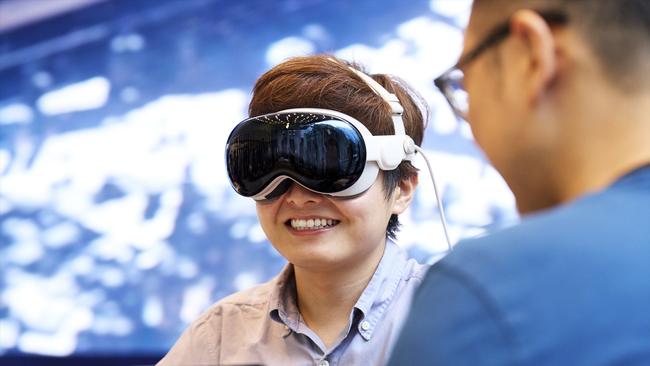
Business
Don't miss out on the headlines from Business. Followed categories will be added to My News.
Apple’s Vision Pro – touted as the world’s first spatial computer – is available in Australia this week and, on first impressions, is a product that has come too late.
I’m not talking about the fact that it’s been available in the US for months or that rivals Meta and Sony have produced cheaper virtual reality headsets for years.
What Apple offers is superior in many respects. It is more immersive than its competitors, and that’s a shame, because during pandemic lockdowns it would have sold like hot cakes.
In the week I’ve reviewed the Vision Pro, I’ve been able to walk with dinosaurs, pull apart a F1 race car in my room, replicate a full cinema experience in my lounge room, walk on the moon, not to mention get a lot of work done.
First impressions
To showcase the headsets capabilities, I joined a Facetime call with a couple of Apple staff and other journalists. Initially, it felt weird. It was like normal Facetime, except I was looking at a digital “persona” or avatar of other call participants. These are created via taking multiple scans of your face and head – a process which takes a few minutes. It delivers a realistic likeness, albeit with a digital sheen (my teeth have never looked better).

But when an Apple staff member tells us to hit spatial mode on the call, I am blown away. Call participants face each other like we’re sitting around a table, albeit with floating disembodied heads. I feel like I’ve stepped onto the set of 1978’s Superman, becoming one of the Kryptonions to banish General Zod.
On the same call, we are also transported to a virtual movie theatre in the AppleTV app where we sit alongside each other to watch the trailer of Ted Lasso. We can even choose to sit in the front, middle or back rows of the cinema, with the screen changing accordingly. With a touch of a button we are suddenly at Yosemite National Park in California, wind whistling through our ears, in full 360 degree immersion.
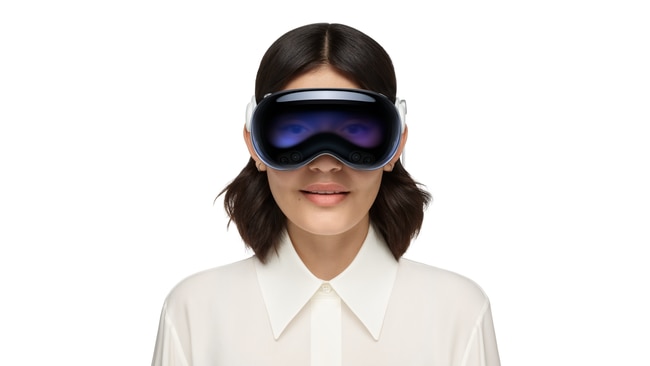
I soon forget that I’m wearing a computer on face, weighing up to 650g, which is connected to a 350g battery in my pocket. I feel like I’m actually with these other people, I can even whisper to one of my Facetime mates seated beside me without the other’s hearing.
How good would have that been during lockdowns?
Thankfully, those days are gone. But interest rates have bounced from near zero to recession-fearing levels. So where does that leave the Vision Pro, priced from $5,999, and who is Apple targeting?
Who’s it for?
First of all, the Vision Pro is not for everyone. Most people are unlikely to buy a computer for almost $6000 unless they’re a diehard Apple fan, developer or commercial user. Yes, you can go to Yosemite or sit perched on top of a Haiwaan volcano, but with its asking price, I expect most would travel to see those sights with their own eyes instead.
It is, after all, a new category of computer and has to start somewhere.

Apple is taking a big bet on the enterprise market, announcing in April that a raft of customers had developed “spatial” apps to take advantage of the platform.
For the construction sector, it is a gamechanger and cost saver.
Local company SpatialGPT has harnessed the power of artificial intelligence and the Vision Pro to allow architects to walk clients through realistic renderings and make changes to building projects before construction begins, avoiding expensive alterations. (I renovated my house recently and know how eye-watering even small tweaks can be).
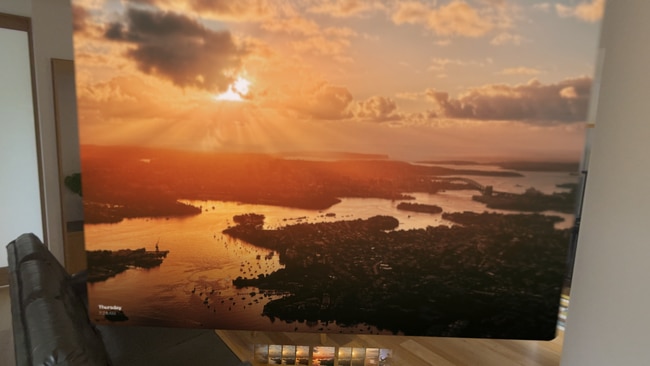
While testing the Vision Pro I was able to place a full-sized F1 car in my lounge room via an app from another Australian company JigSpace. While fun to sit behind a wheel of an F1 car, it is designed to help marketing teams with the placement of sponsorship on vehicles – even testing out aerodynamics – presenting another big potential cost saver. You can even pull bits out of the car and throw them around the room.
For photographers, they can blow up an image from floor to ceiling and walk up to it to inspect fine details, creating a gallery-like experience.
Spatial computer
There has been a lot of talk about spatial audio and now spatial computing. But what does it do? With audio, it about creating surround sound, either using physical speakers that can use a product like Dolby Atmos or by simulating that virtually, which Apple’s Airpod Pro headphones and other brands can achieve.
Spatial computing is also designed to immerse users, making them feel they are interacting with software in the real world – hence the F1 car in my lounge room. The apps on the Vision Pro appear to float in your surroundings, allowing you to control them with a tap of your fingers (think Tom Cruise in Minority Report).
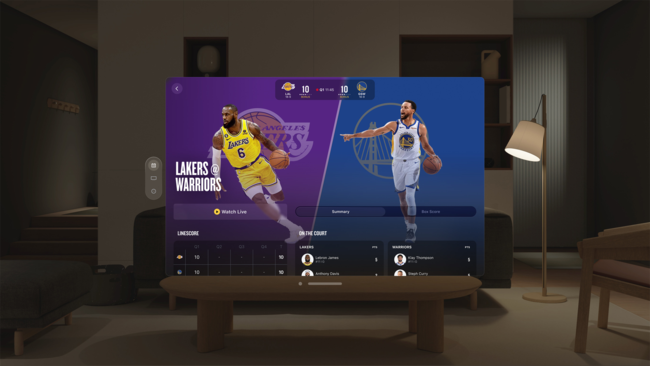
There are already more than 2000 spatial apps designed for Vision Pro, including Apple’s own Encounter Dinosaurs, that allows you to interact with the extinct creatures (yes, they can see you).
The Vision Pro is designed to anchor you in a physical space, not transport you completely into the metaverse. When you put on the device, it looks like you are looking through goggles (a 23 megapixel screen, 13 cameras and seven sensors complete this illusion). On the outside there is a digital recreation of your eyes, so it doesn’t feel weird speaking to a colleague beside you not wearing a headset.
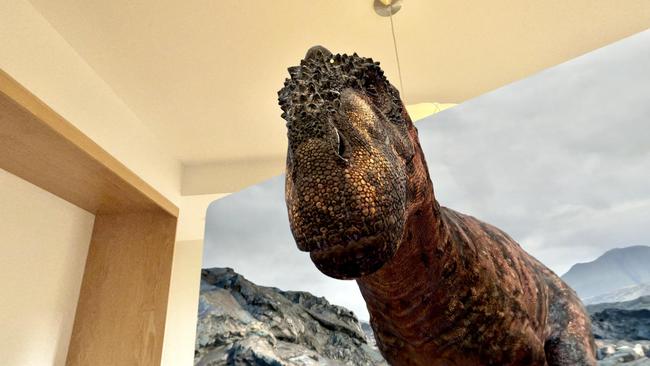
You can even use an app – Crouton, developed in NZ – to cook a meal, placing the recipe on your splashback. The screen is that good that it was safe enough to use over an induction hotplate.
For my daily work, I was able to mirror my MacBook’s screen. I like to spread work over two displays. On the Vision Pro I was able to have multiple windows around me – even on the ceiling. I was also able to work free from distraction, blocking my surroundings when needed by turning a button.
Easy to use
Apple is known for making its products intuitive, and the Vision Pro is no different. It works by tracking eye and hand movement. For example, all I have to do is look at an icon on the screen, tap right forefinger and thumb and I can open it. This would be helpful to people with limited movement.
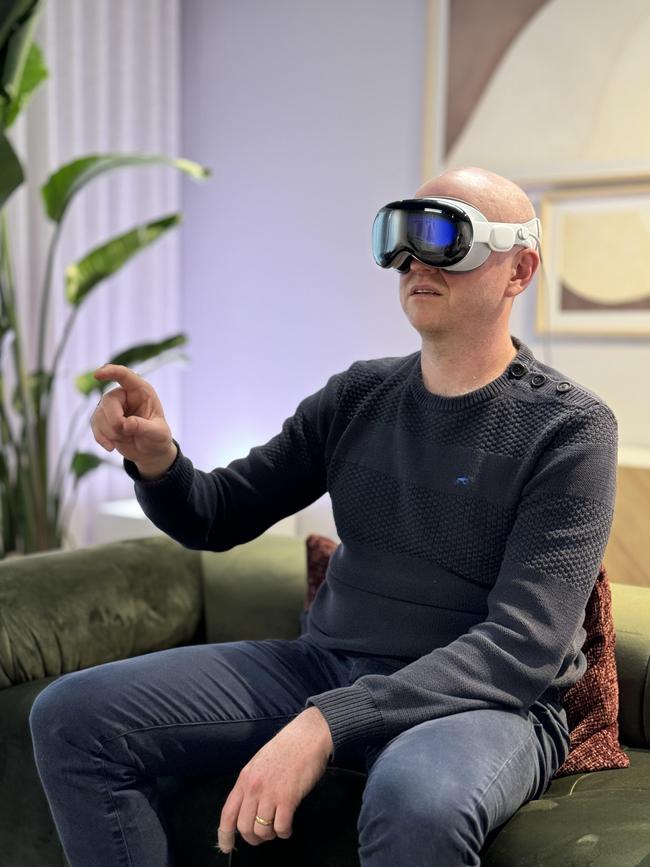
I also pinch my forefinger and thumb and make an imaginary curtain pulling gesture to scroll and zoom in and out.
For typing, there is a floating keyboard that appears on the screen. I can look at letters and tap my forefinger and thumb again or I can tap the virtual keys or simply dictate what I want to say. There are also two buttons at the top of the headset, on the left – which can take spatial 3D videos and photos, and a digital crown on the right that can reset your app screen which floats in your physical space. It can also control your level of immersion: i.e. Yosemite can be semi transparent or be 100 per cent solid, taking me far away from my desk.
If all else fails, I can use Apple’s voice activated AI bot to get me out of trouble. “Siri, close the Apple TV app.”

For those who wear glasses Apple has partnered with Zeiss to develop optical inserts that magnetically attach to the Vision Pro. These inserts are made to an optical prescription.
Showstopper
Watching movies at home finally becomes a full cinematic experience. Movies can be projected on a screen up to 100 feet wide. You can make a drive in theatre on the moon or you can use Apple TV’s cinema mode to recreate a more traditional viewing experience. It also supports multiple aspect ratios – including Super Panavision 70mm – without “letterboxing”.
Director Jon M. Chu is using Vision Pro to oversee the editing and effects for his upcoming film Wicked from his home, underscoring the device’s capabilities.
It supports a range of streaming apps in addition to its own service, including 3D formats.
You can also create your own 3D movies. This can be done in two ways. You can record spatial videos on your iPhone or can record directly on the Vision Pro. The direct Vision Pro recording offer more pop than the iPhone ones, making you feel you are actually reliving the memory.
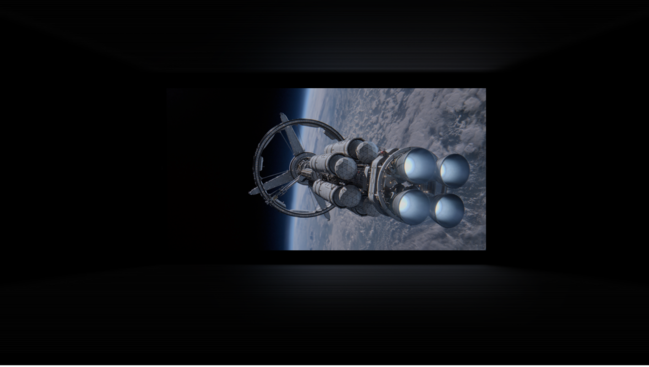
But Apple Immersive Video is the showstopper. It has partnered with cinema camera company Blackmagic to create an experience similar to Las Vegas’s The Sphere – a $US2.3bn dome theatre that allows users to experience a 165 degree field of view.
Apple is planning to make this technology for sports, being able to seat a viewer say on the backboard of a basketball ring or beside the goalposts at a football match, changing the way we consume content. It even has a rehearsal room video of Alicia Key that makes you feel like you’re in the room with her and her band, with the screen wrapping around you. And this is where the $5999 price tag starts to represent good value if you can compare it with a 100-inch TV, which can cost $7000 or more, and doesn’t come with all the spatial computing features.

Battery life is the one let-down with the Vision Pro. It needs to run on a battery pack, which is connected to a cable to the headset and can fit in your pocket. It lasts about two hours. But the power cord that comes with it is long enough to sit plugged in at a desk or sofa, enabling limitless use.
Originally published as Apple’s Vision Pro hits Australian stores. Is it worth $6000?





